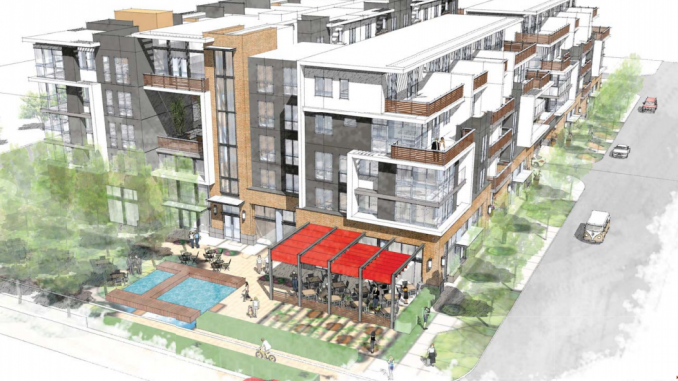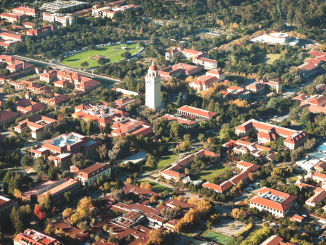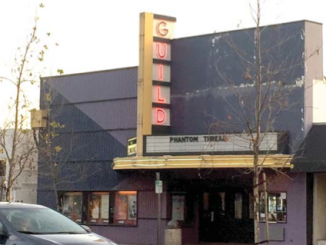
BY EMILY MIBACH
Daily Post Staff Writer
The Menlo Park City School District will be getting about half of the property taxes it could get if Stanford’s apartments at 500 El Camino Real were taxable. Homes for academic employees of a university are exempt from property taxes.
The issue of how much Stanford should pay to support the K-8 school district is likely to come up tonight when City Council discusses a draft agreement with Stanford regarding the 8.4-acre development that will span from the Stanford Park Hotel to Big Five, replacing a couple of abandoned car dealerships.
In an email to City Manager Alex McIntyre, Superintendent Erik Burmeister said the development would have brought in $465,318 annually to the district if the entire project were taxable.
According to Burmeister, the proposed 10,000-square-feet of retail and 143,000-square-feet of office space will bring in between $195,000 to $250,000 a year to the school district. While Stanford is offering to give the district $100,000 over the next 10 years, that still leaves $170,318 the district would not get from the development.
In his email, Burmeister says the district is expecting about 39 students from the Stanford project, totaling about $660,000 a year in additional costs, which is more than double the $295,000 Stanford would give the district between the commercial taxes and the donation.
Stanford pays elsewhere in Menlo Park
Steve Elliott, Stanford’s managing director for development, said the university pays about $400,000 in school taxes because of other commercial developments it has in Menlo Park, such as the Rosewood Hotel, the Stanford Park Hotel and offices on Sand Hill Road. But, because of the way the district lines are drawn, those taxes benefit the Las Lomitas School District not the Menlo Park City School District, according to Burmeister.
The school district is not in a position to negotiate with Stanford, Burmeister said. He said it’s up to city officials to help cut a deal with the university.
City councilmen Peter Ohtaki and Ray Mueller were part of the negotiating team and are recommending that council convince Stanford to increase the amount it has pledged to donate to the Menlo Park City School District’s foundation. The university is promising $100,000 a year for 10 years. The councilmen want that $100,000 annual commitment extended for 15 years.
High school district left out of discussions
While the Menlo Park City School District will get some money from Stanford — the other school district that covers the area, the Sequoia Union High School District, will only be getting tax revenue from the commercial aspects of the project.
Sequoia Trustee Alan Sarver said that the project hasn’t been on his radar and didn’t know if the district had been in conversations with Stanford or the city.
Burmeister said since Sequoia does not have any parcel taxes, it won’t experience the same loss of property tax revenue as his district. He also said since the high school district is much larger than the elementary district, it gets more property taxes, such as a portion of the taxes from Stanford’s commercial properties. He also said the development is projected to add fewer high school students than elementary or middle schoolers.
While the high school district was not involved in the initial discussions, Mueller said he has heard from representatives of the high school district’s fundraising group saying they are interested in talking with the city and Stanford.
The terms of the draft agreement between the city and Stanford, which also include $5 million to fund a portion of a pedestrian and bicyclist bridge or tunnel crossing the railroad tracks, will be discussed at the council meeting that starts at 7 tonight at 701 Laurel St.



